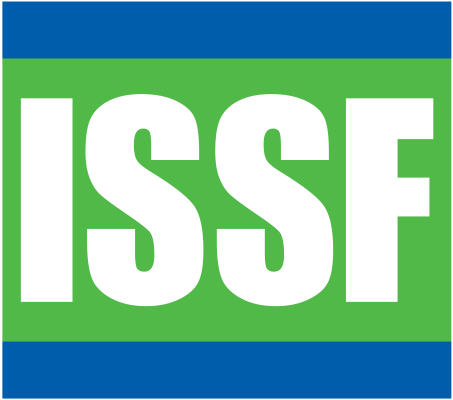Fish Aggregating Devices
Many fish species, including tuna, naturally associate with objects floating at the surface of the ocean. There are two types of floating objects: natural and man-made. Man-made floating objects specifically constructed to attract fish (and also natural objects such as logs that are found by fishermen, then modified and redeployed) are called fish aggregating devices (FADs). They can be anchored to the ocean floor or set to drift in the open ocean. Drifting FADs are often equipped with a radio or satellite transmitter to aid in their relocation. Anchored FADs (called “payaos” in some regions) are commonly used by artisanal and sport fishing fleets but also by industrial pole-and-line and tuna purse seine vessels in some regions, such as the western Pacific Ocean and Maldives in the Indian Ocean. However, the mainstay of the world’s industrial purse seine fleets is drifting FADs.
Most drifting FADs have two main components: a floating structure and an underwater feature. The floating component is generally constructed of bamboo canes laced together and/or other buoyant materials such as cork floats or sealed PVC piping. Often called rafts, the floating structures are usually wrapped in purse seine netting to keep materials together and also to serve as a camouflage for the FAD. The surface structure is often rectangular (4 to 6 square meters), but other shapes (e.g., cylinders) are also used. Shapes, construction style, and choice of materials vary greatly by region.
Hanging from the floating raft, the underwater feature, also known as a tail, commonly consists of a panel of purse seine netting weighted at the bottom in order to remain submerged and nearly vertical as the FAD drifts. The tail is thought to serve two purposes: to attract fish, and to act as a sea anchor to slow the drift of the FAD. These net panels can hang from a few meters deep to over a hundred meters, depending on the ocean and the fleet. A radio or satellite buoy is usually attached to the FAD so its position can be remotely monitored. Sometimes the buoys are equipped with echosounders with data transmission capabilities that allow skippers to monitor the FAD for the presence of fish.

